In times of conflict, sometimes all it takes to solve a problem is talking to a friend. But what happens when someone isn’t available? Through a new initiative centered around providing WHS students with the chance to receive help from a peer in issues that would typically be handled by administration, peer mediators hope to support their classmates in a lower stakes environment.
This summer, Assistant Principal Sean Gass brought this idea to a select 12 students and their families, proposing an opportunity for a way they could help their peers. Gass reached out via phone call, informing parents that their child was recommended by a teacher as a possible candidate for this position. Following an application process complete with an interview with Gass, the 12 students were officially confirmed to be mediators. These students include seniors Piper Cinti, Matthew Watkins and Jake Zocco, juniors Kyra Lefebvre, Zackary Goldstein, Lilith Altreuter, Mohammed Siidi, Nora Edouarzin and Lucia Santos and sophomores Chloe Zilembo, Jahdaya Franklin and Annika Bangalore.
“It’s a good group,” Cinti said. “The mediators are all through very different social crowds, which I think is cool. It could not be more ‘Breakfast Club’ than in that sense.”
Then, began the mediation training process. Over the course of three days, the students were removed from their classes to undergo training through MetroWest Mediation Services, a local non-profit meditation training center. Two operating court mediators, Lisa Bennett and Eric Greene, led the sessions, which provided each student a binder of resources to supplement the lesson and reference while they were in practice. The students then participated in acting out scenarios to practice how they would possibly resolve a conflict.
“It was a little difficult to miss [classes] for training,” junior mediator Kyra Lefebrve said. “Three days is a lot to make up work for, so it was a little rough. However, I survived, and it was worth it. The training was tremendous, and it was just a great time.”
Most of the training honed in on specific problems. The trainers anticipate for students to be recommended based on predominantly social dilemmas such as miscommunications with friends, possible bullying experiences or identity issues. If a teacher notices an example of one of these complications, they can recommend that the student(s) meet with peer mediators.
“We’re trying to help you through this,” Goldstein said. “This is supposed to be a better solution than going to [administration] and having them tell you how the conflict is getting resolved and giving you a punishment.”
Due to the gravity of the problems students may bring to peer mediation, the program heavily emphasizes the importance of confidentiality. Mediators assure that information shared in private sessions will not be shared and students can feel comfortable expressing every detail of the issue without worry of a report to a peer or an administrator.
“We’ve signed documents saying we can’t discuss anything outside of mediation,” Lefebrve said. “I take that very seriously, and I want people to be able to trust me.”
If recommended for mediation, students will meet with their assigned mediator in a schedule designed to accommodate their needs. This could range from a one time session to weekly meetings based on their preference and advice from guidance or a teacher. If peer mediation is brought upon due to an offense, this form of resolution could also possibly result in a decreased consequence.
Students tend to react positively to the idea of an additional resource, especially someone of a similar age.
“Students are really good at helping other students, whether they know it or not,” junior Belle Peredna said. “It’s just easier for students to relate to each other. Whether it’s academic problems or otherwise, they’re just more bound to connect.”
Similarly, mediators are glad to provide an opportunity for what they hope to be a less stressful situation. With just two mediators and an overseer from MetroWest Mediation Services in the room with their assigned parties, students can feel comfortable knowing that they are only there to emphasize and help them through the problem without the stress an authority figure may bring in.
“It’s gonna be a great resource because when you’re talking to adults and administrators, it can be really stressful and there can be a lot of expectations that come along with it,” Lefebvre said. “This way you can share anything that’s on your mind.”
Whether or not you find yourself sitting beside a peer mediator sometime soon, the program hopes to erase the stigma around resolving a conflict, one student at a time.
“Talking about your problems isn’t embarrassing, it really helps us in the long run,” Cinti said. “It isn’t embarrassing to get help when you’re struggling.”
This story was originally published on Wayland Student Press on November 11, 2022.

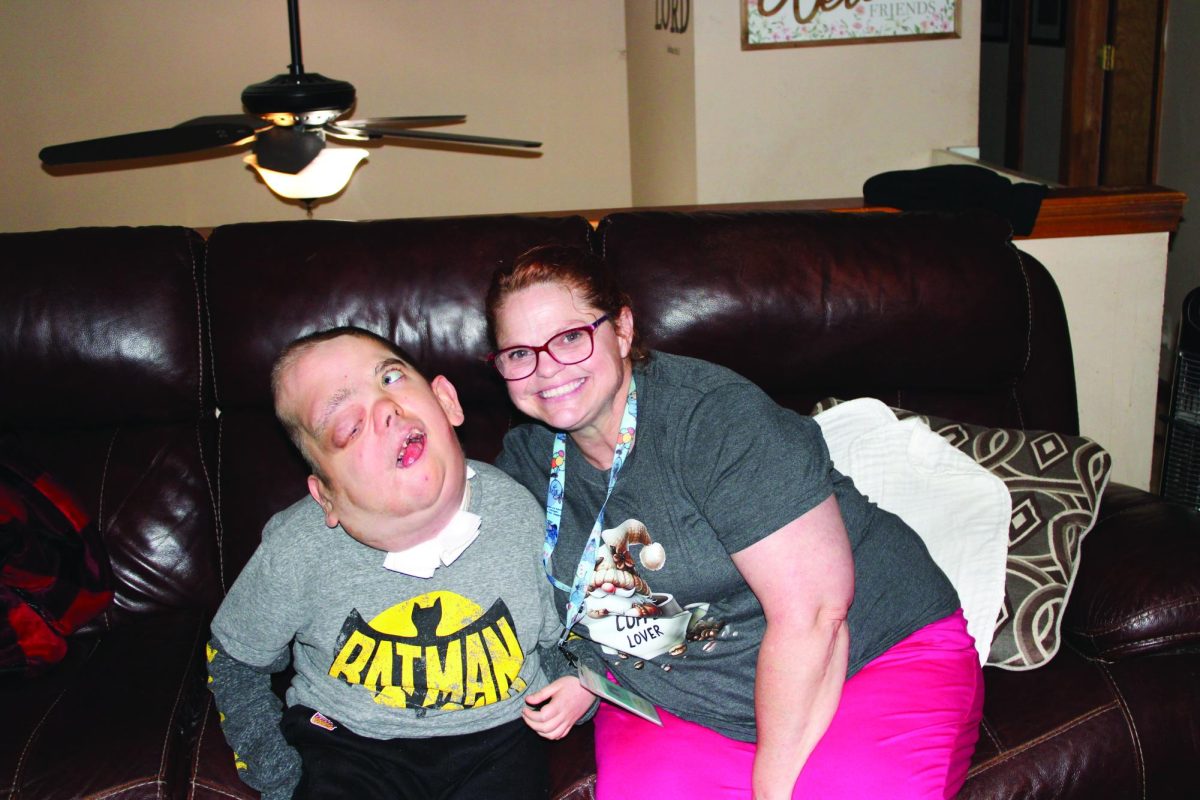


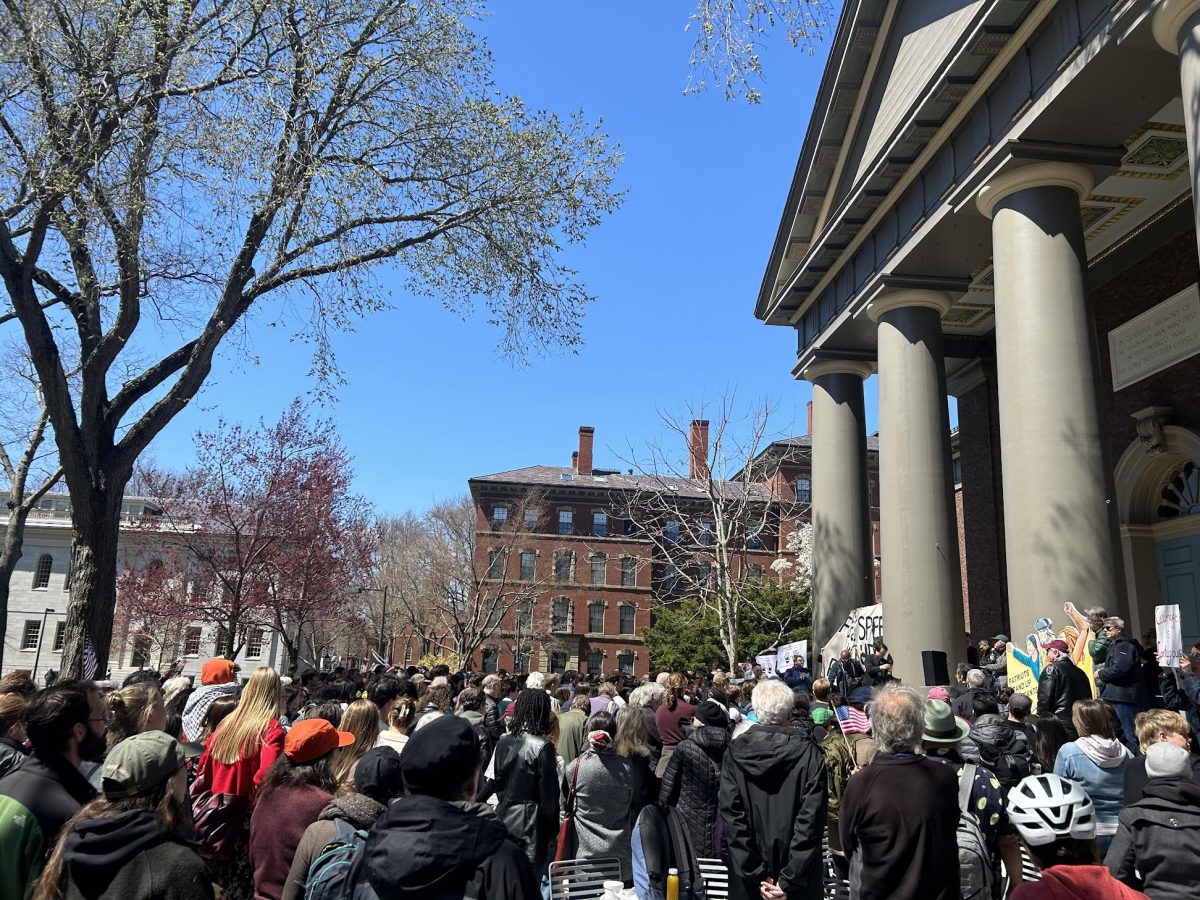

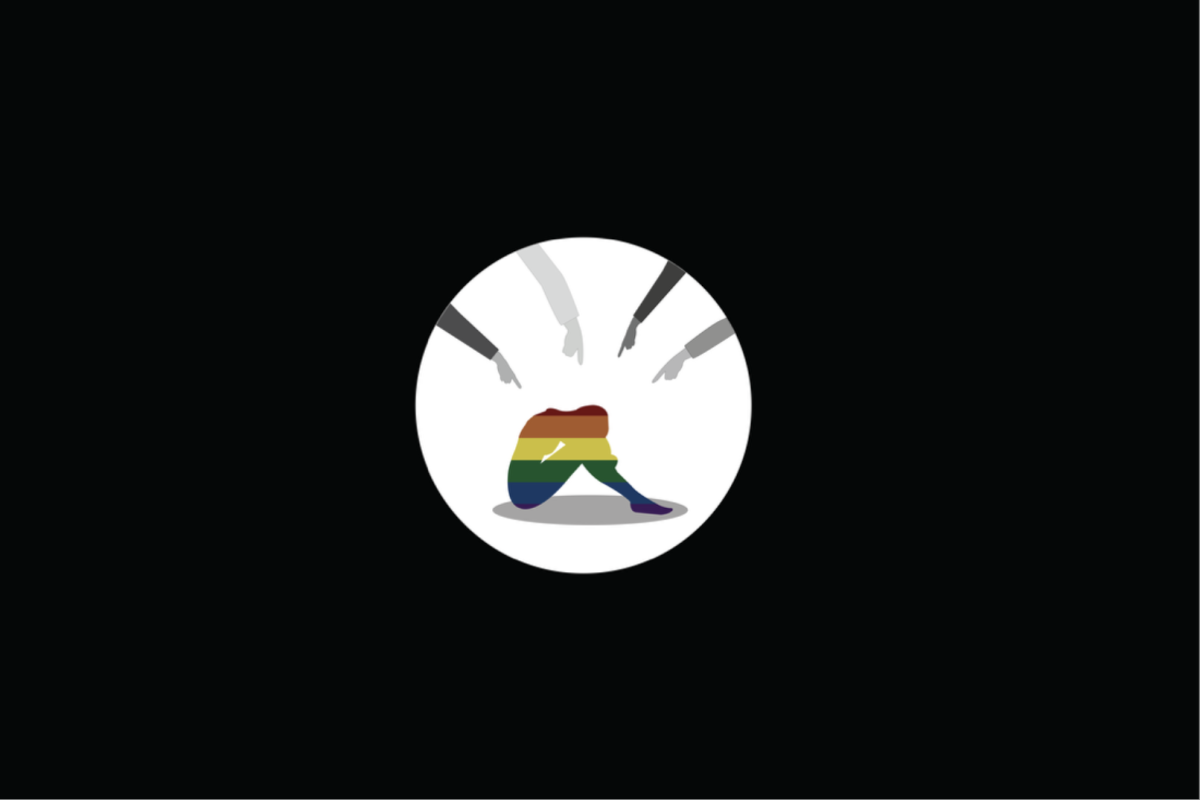
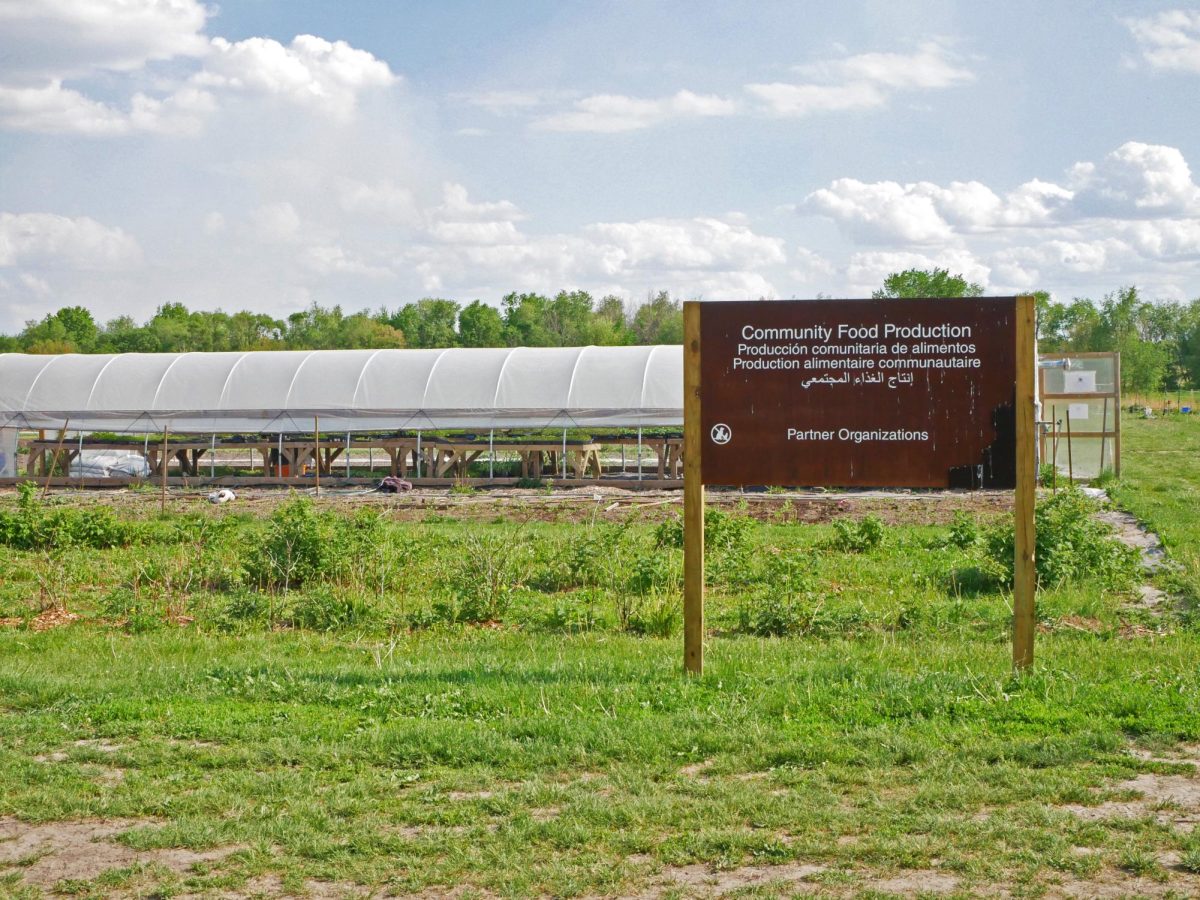
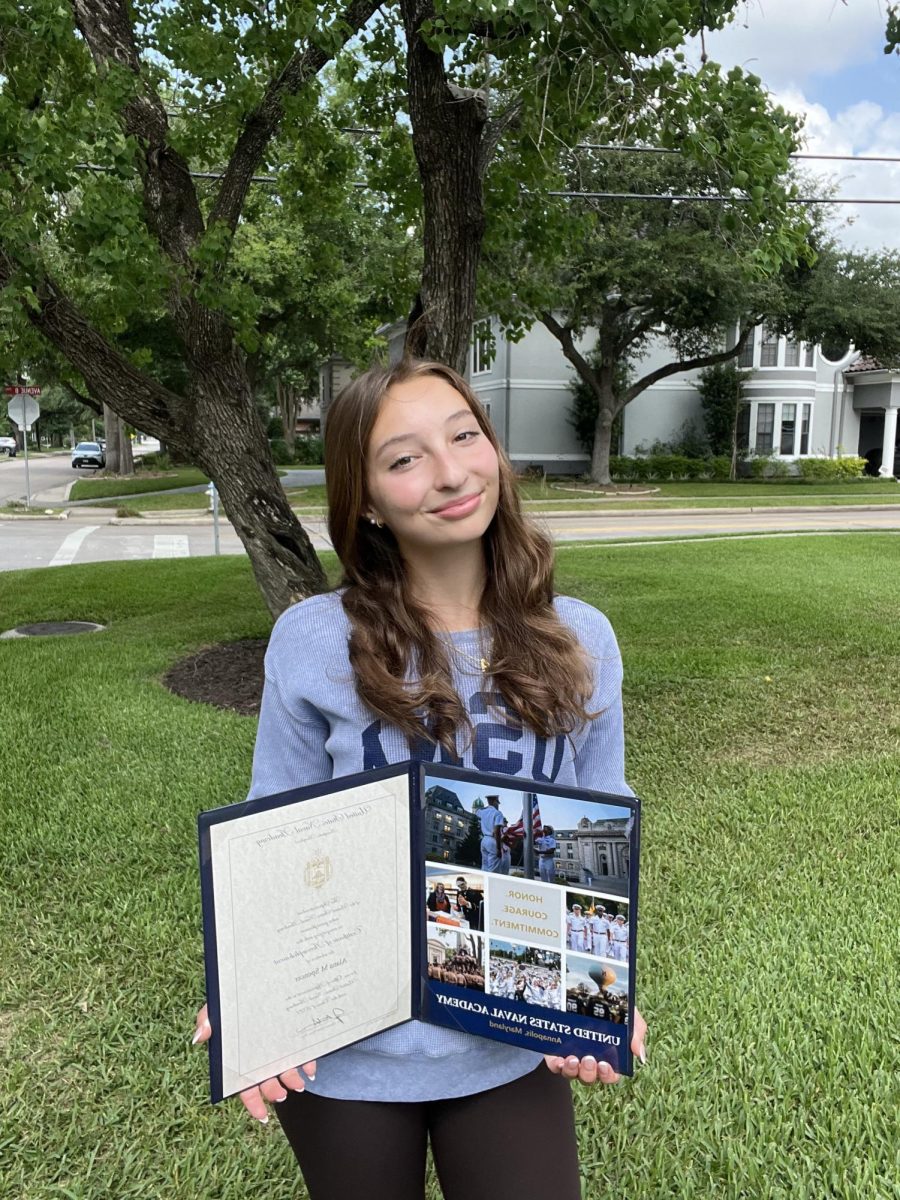
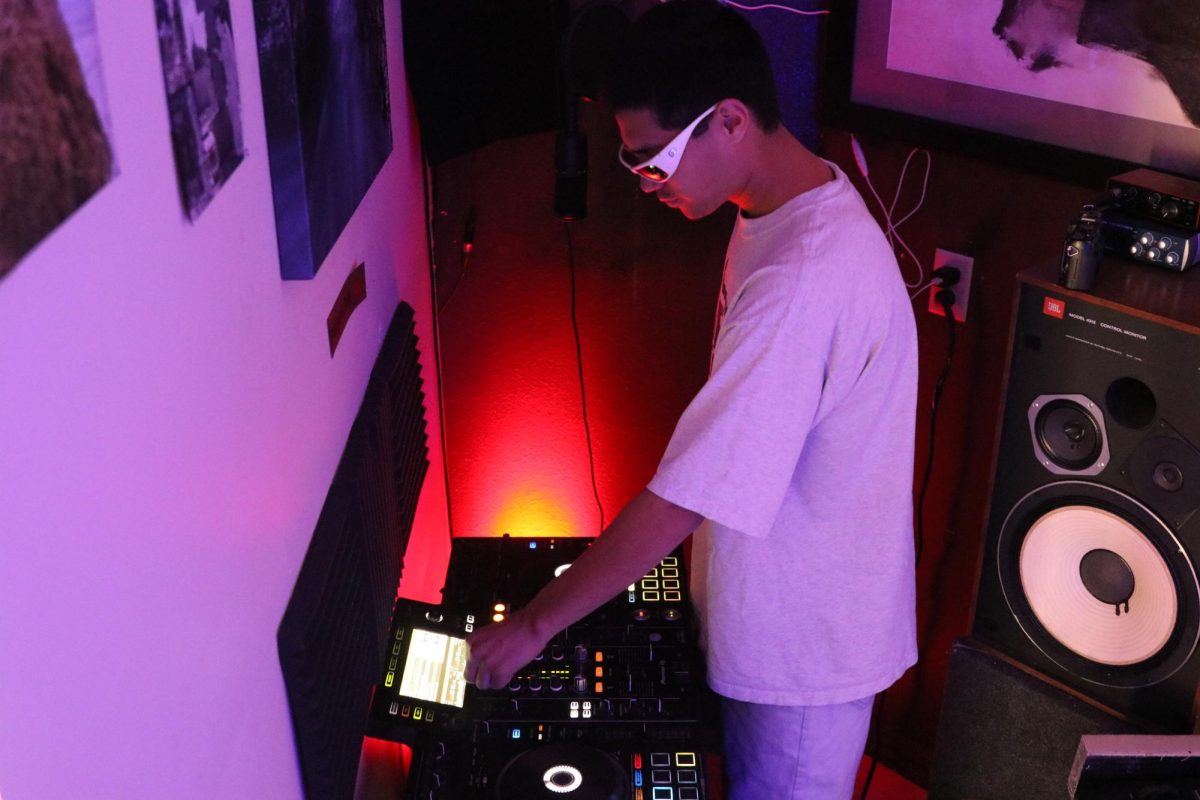
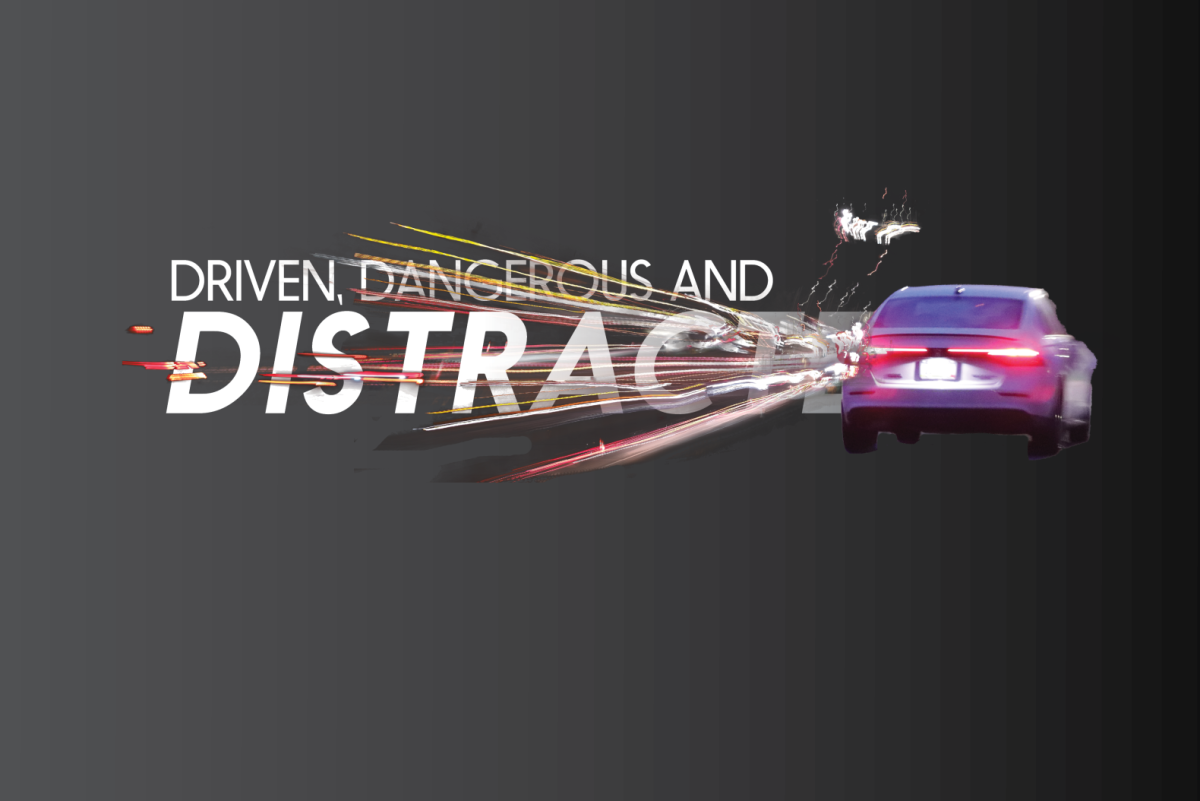
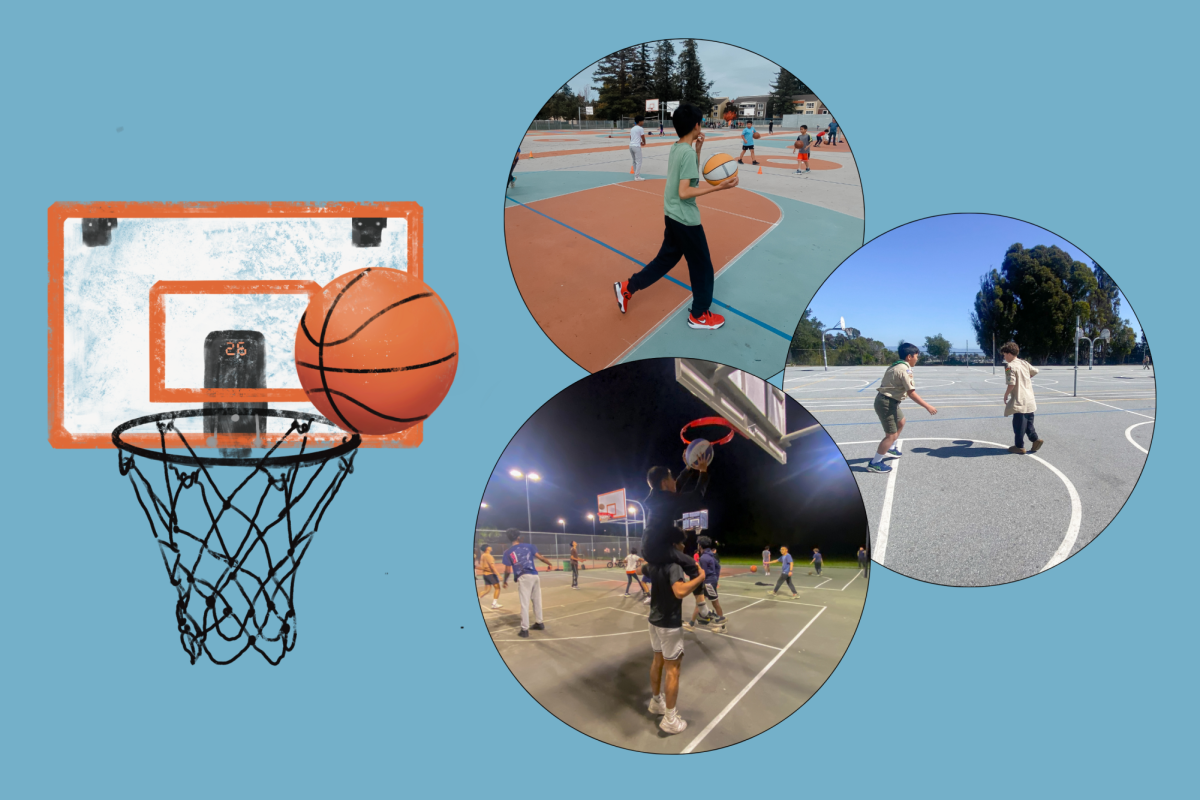
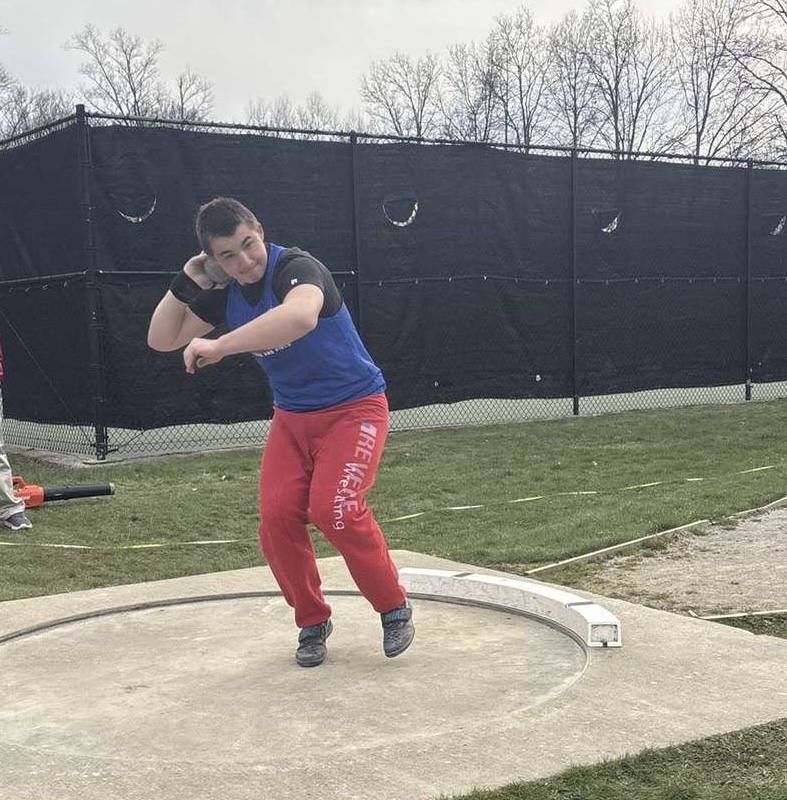
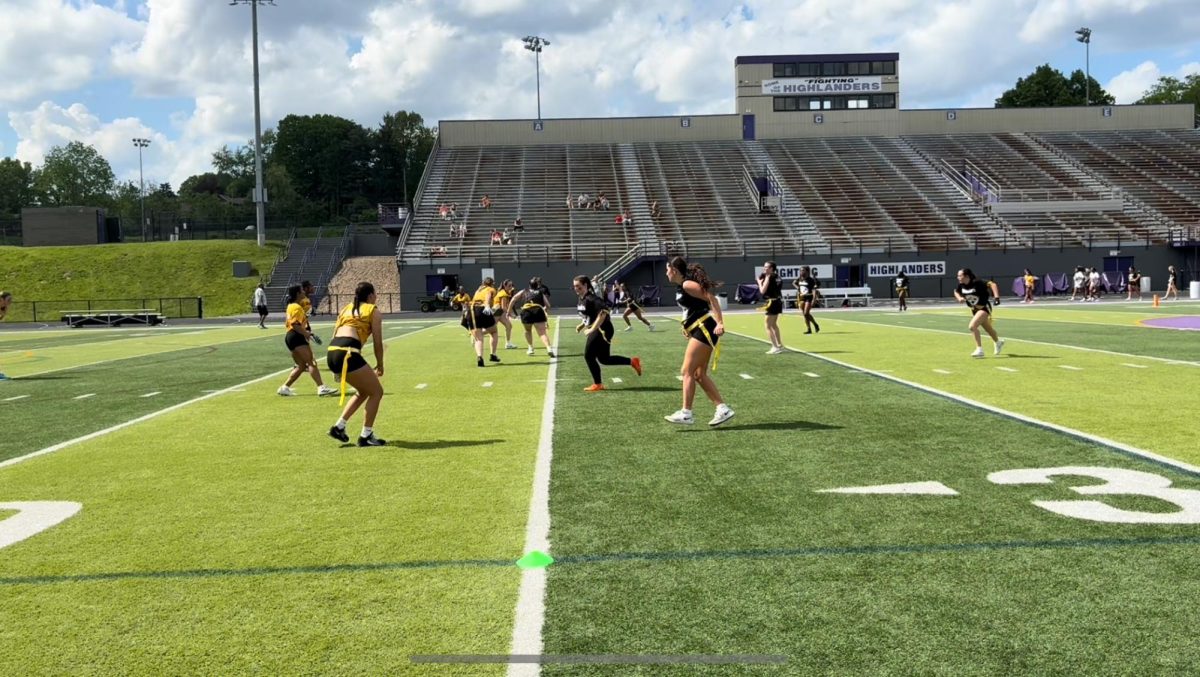
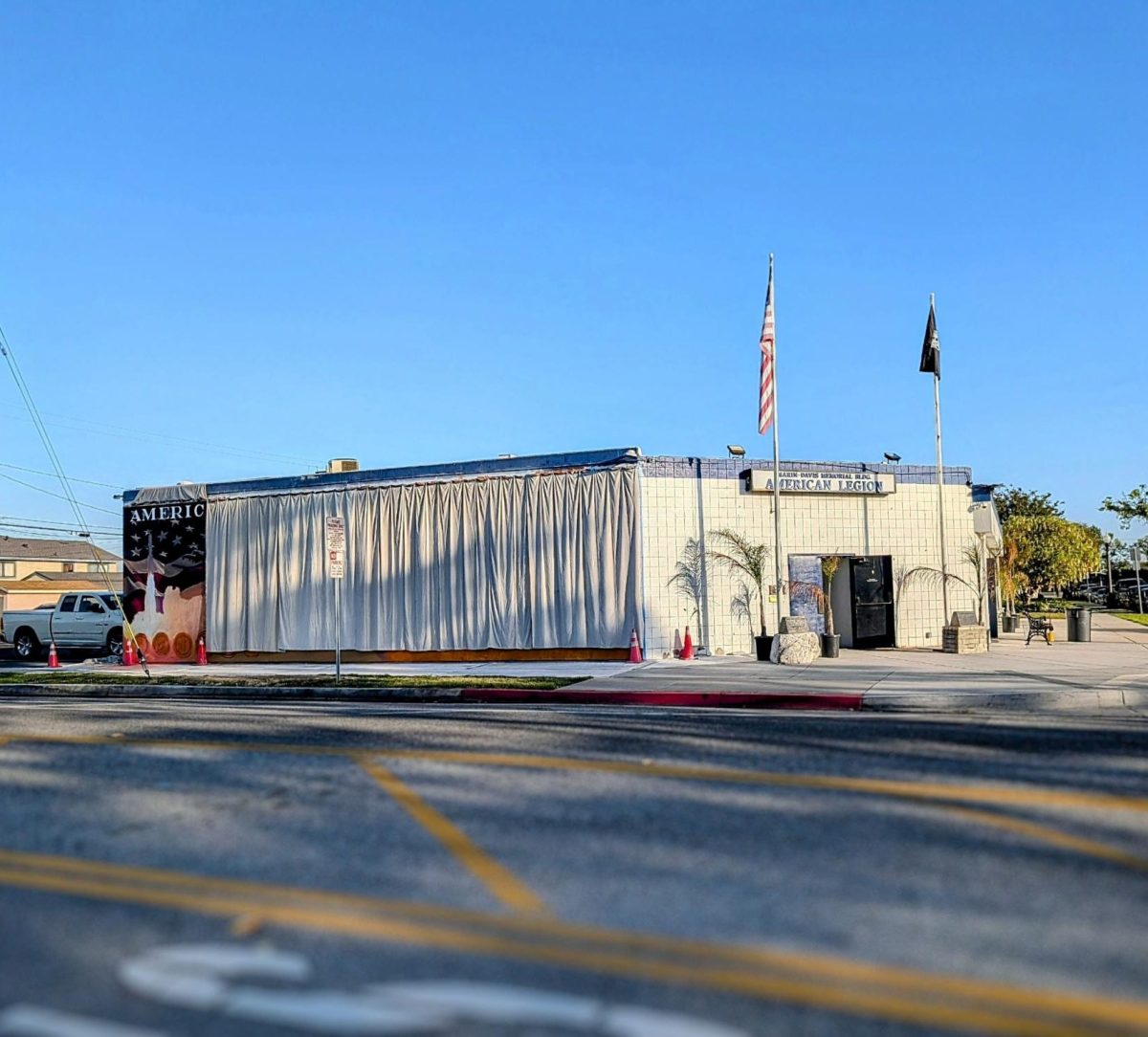
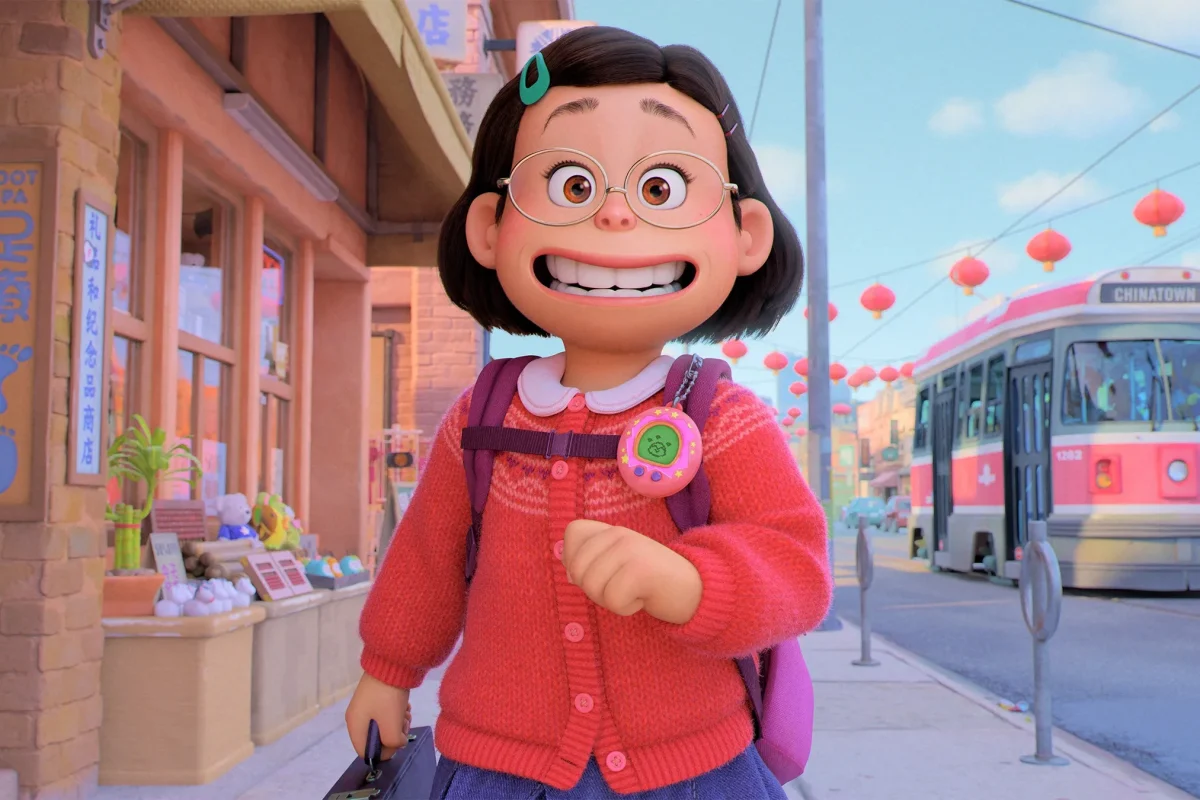
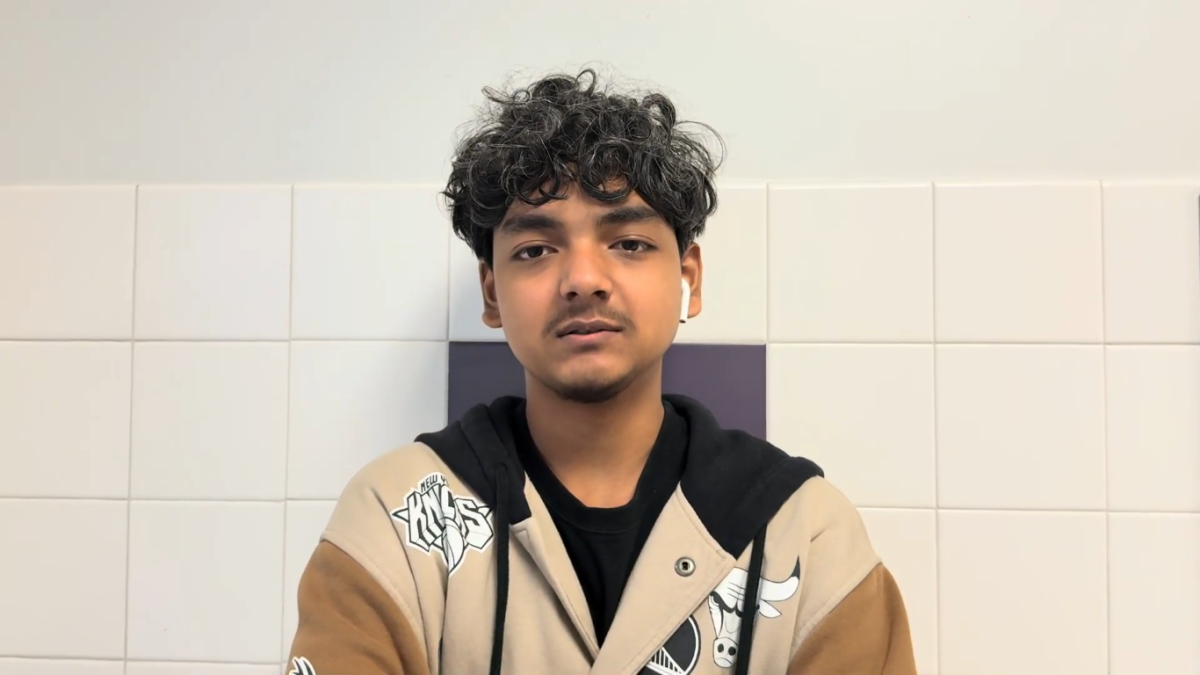
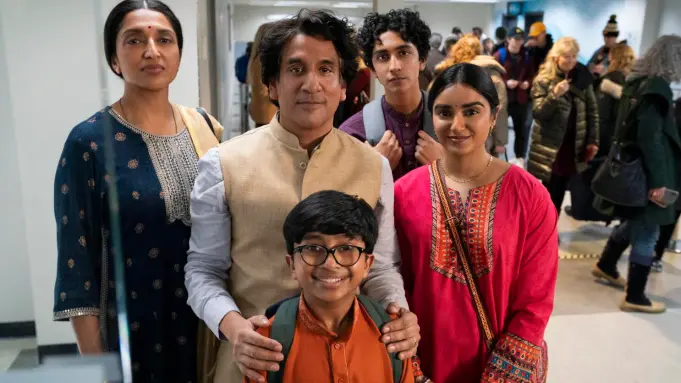
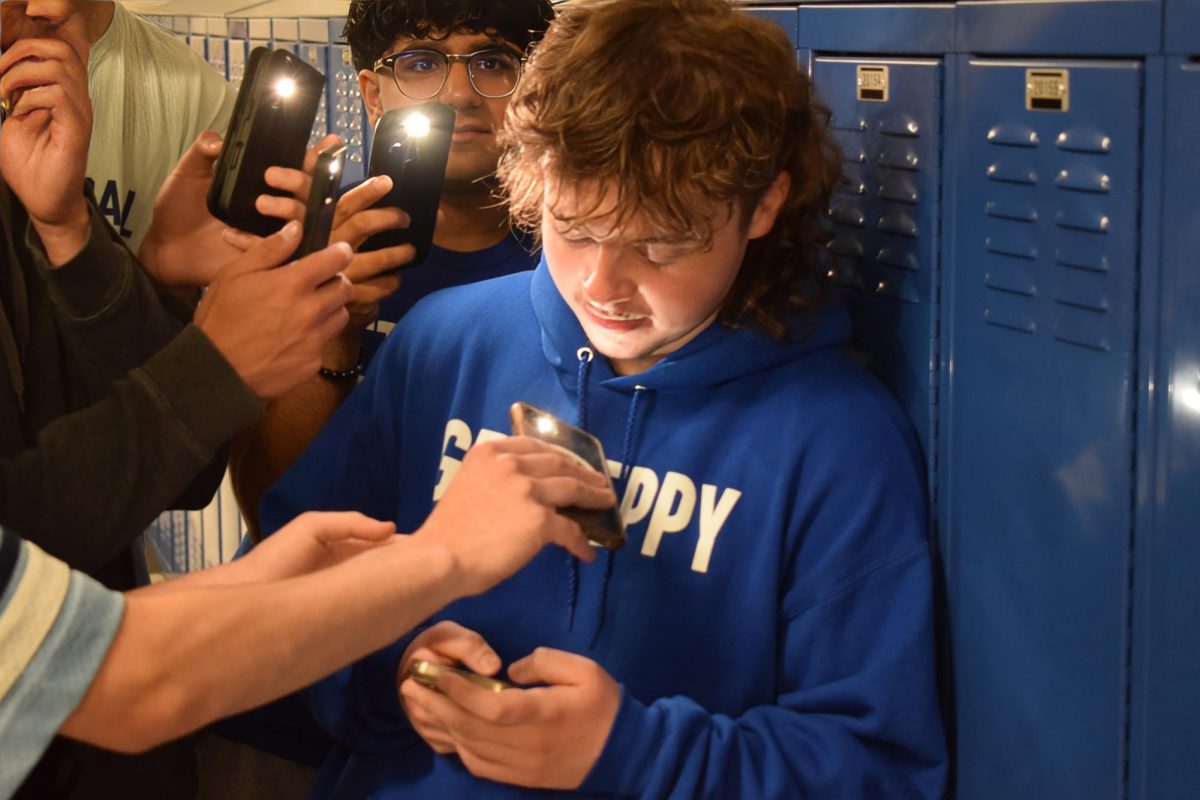
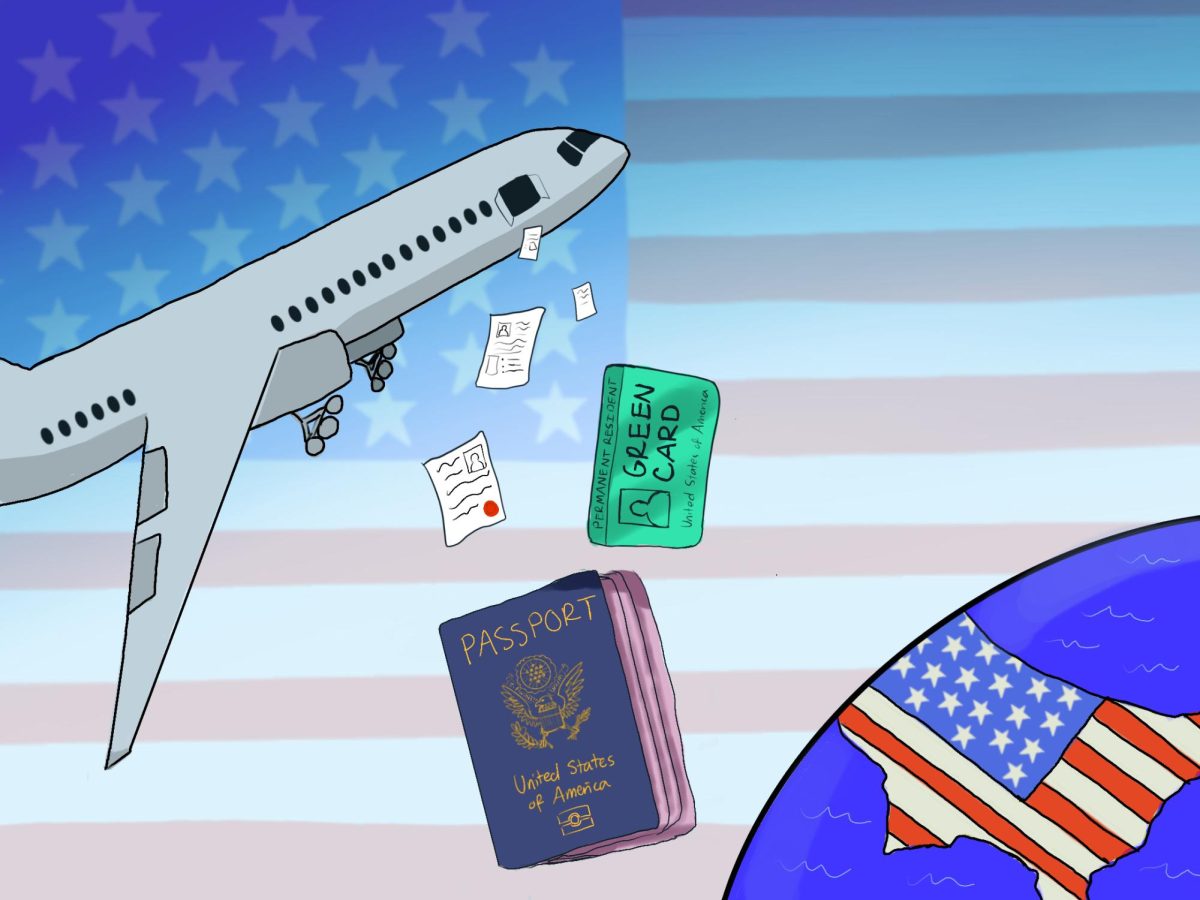
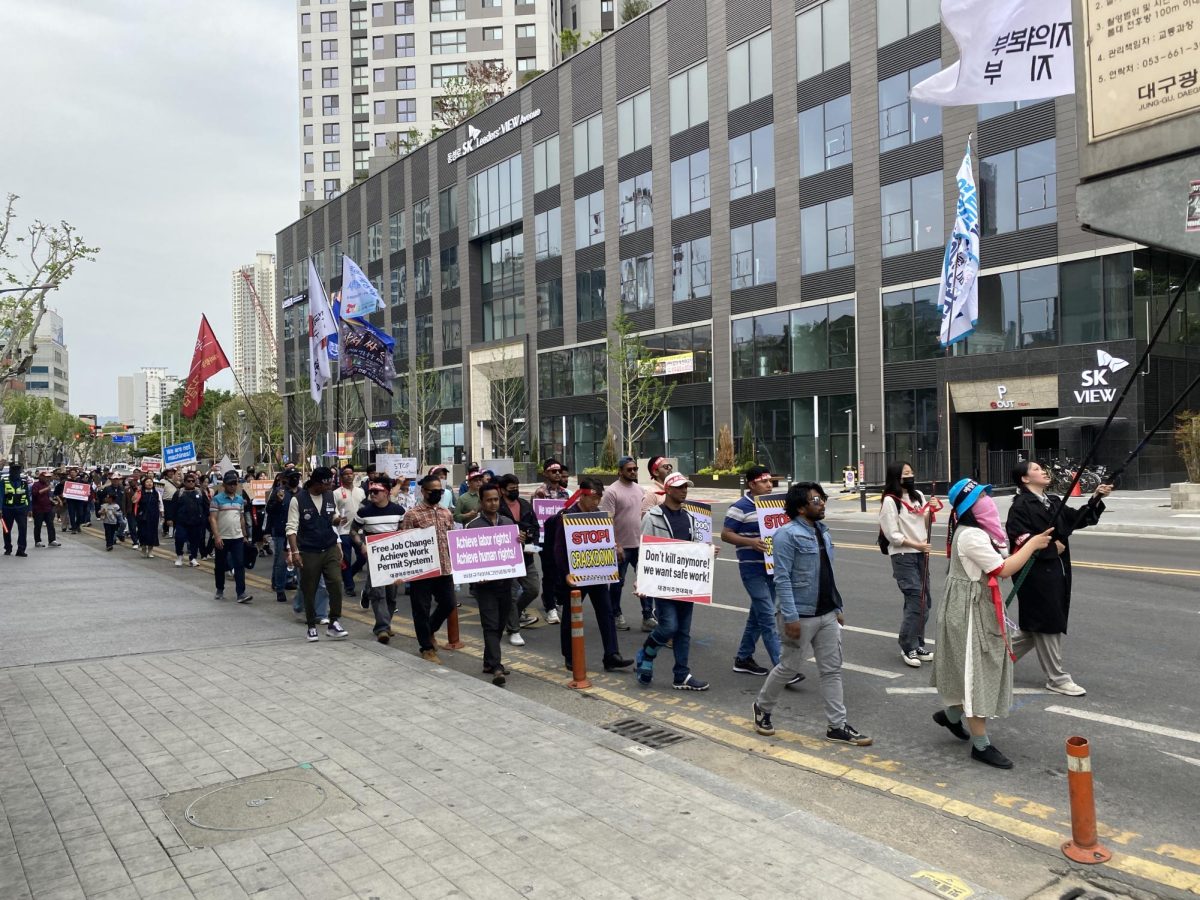
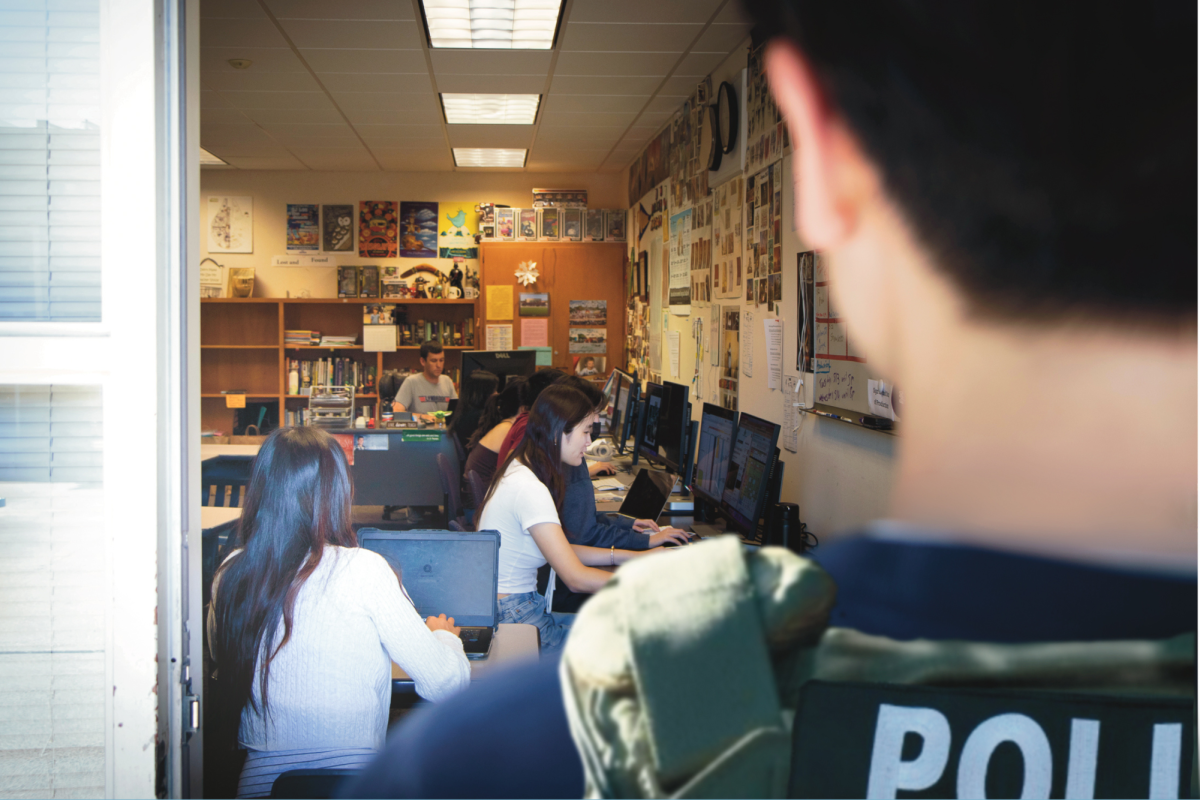
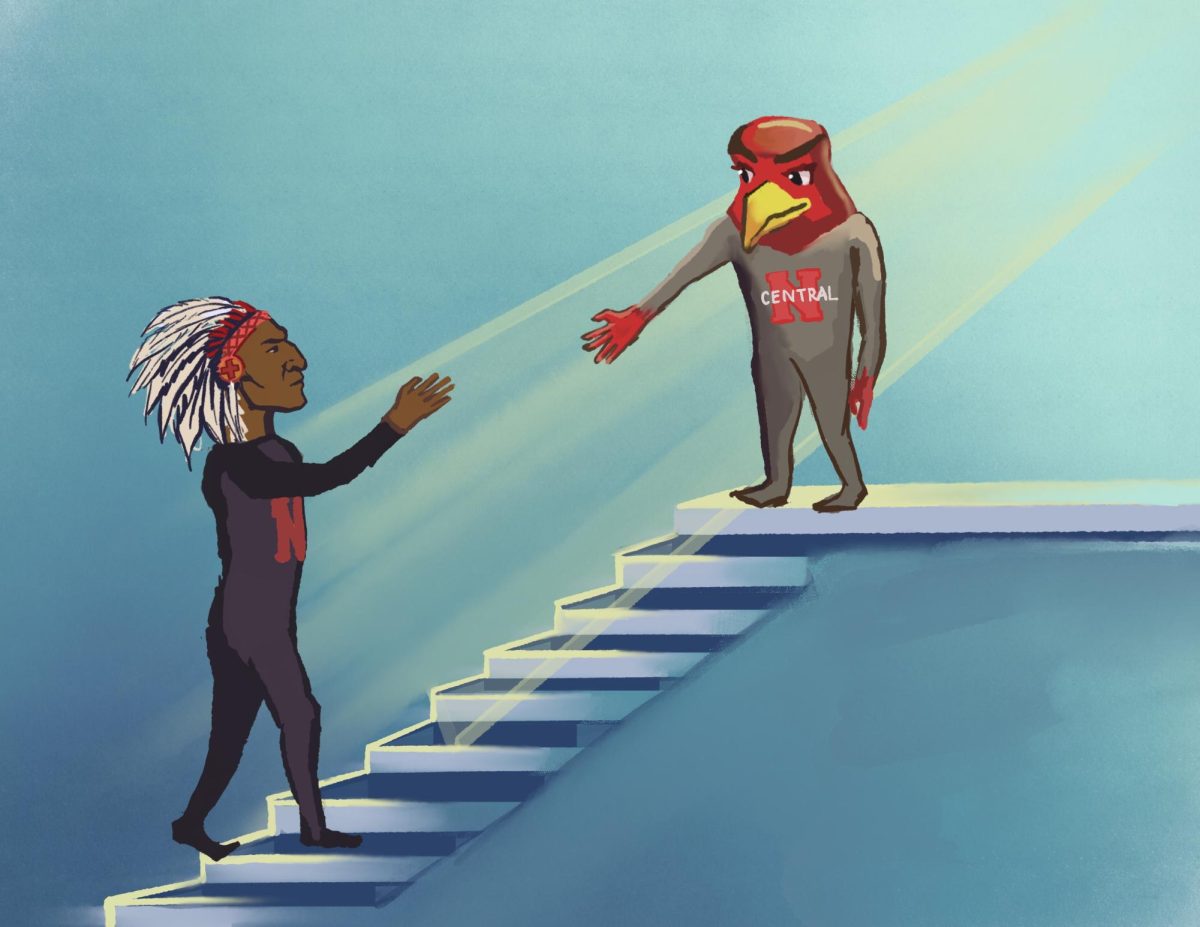
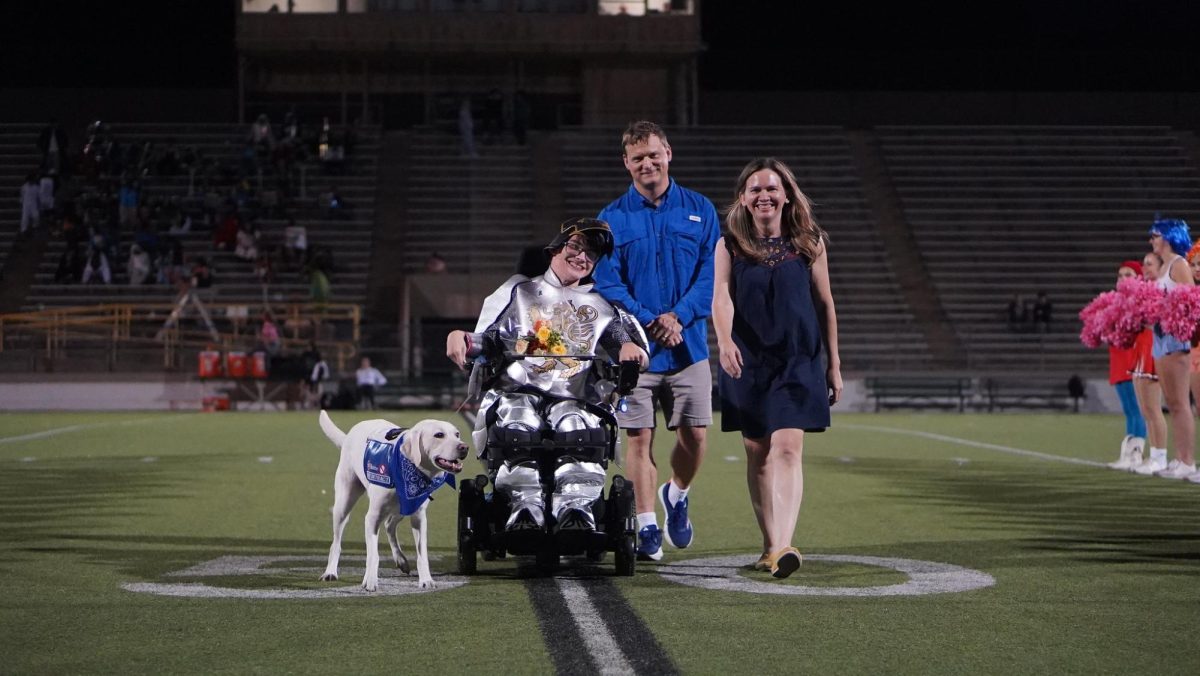
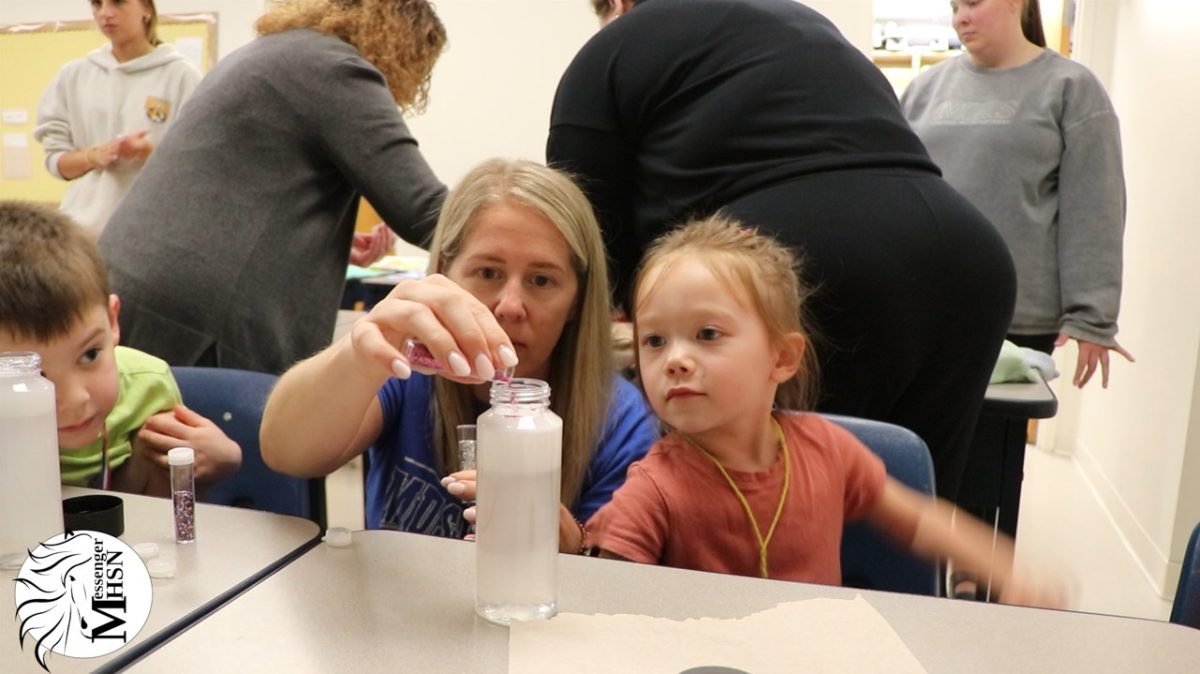

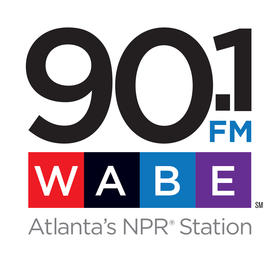
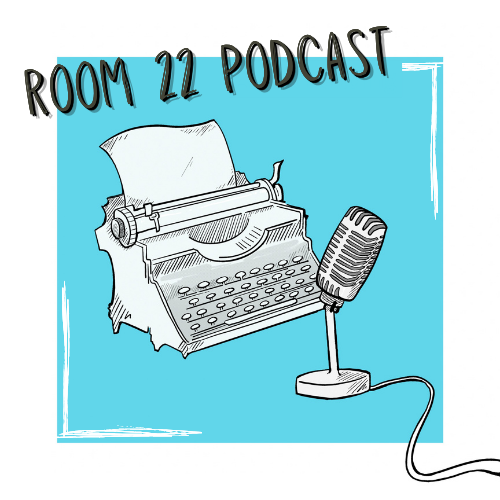
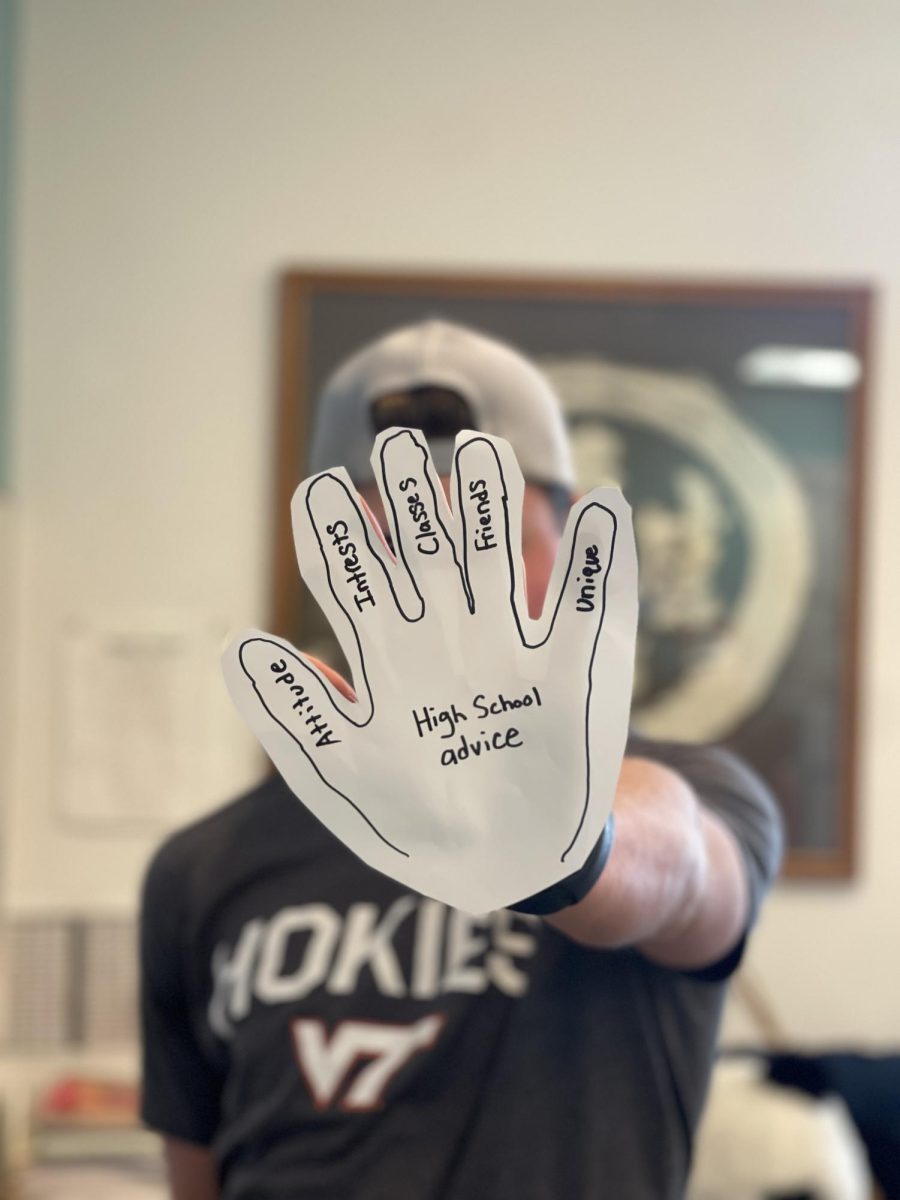

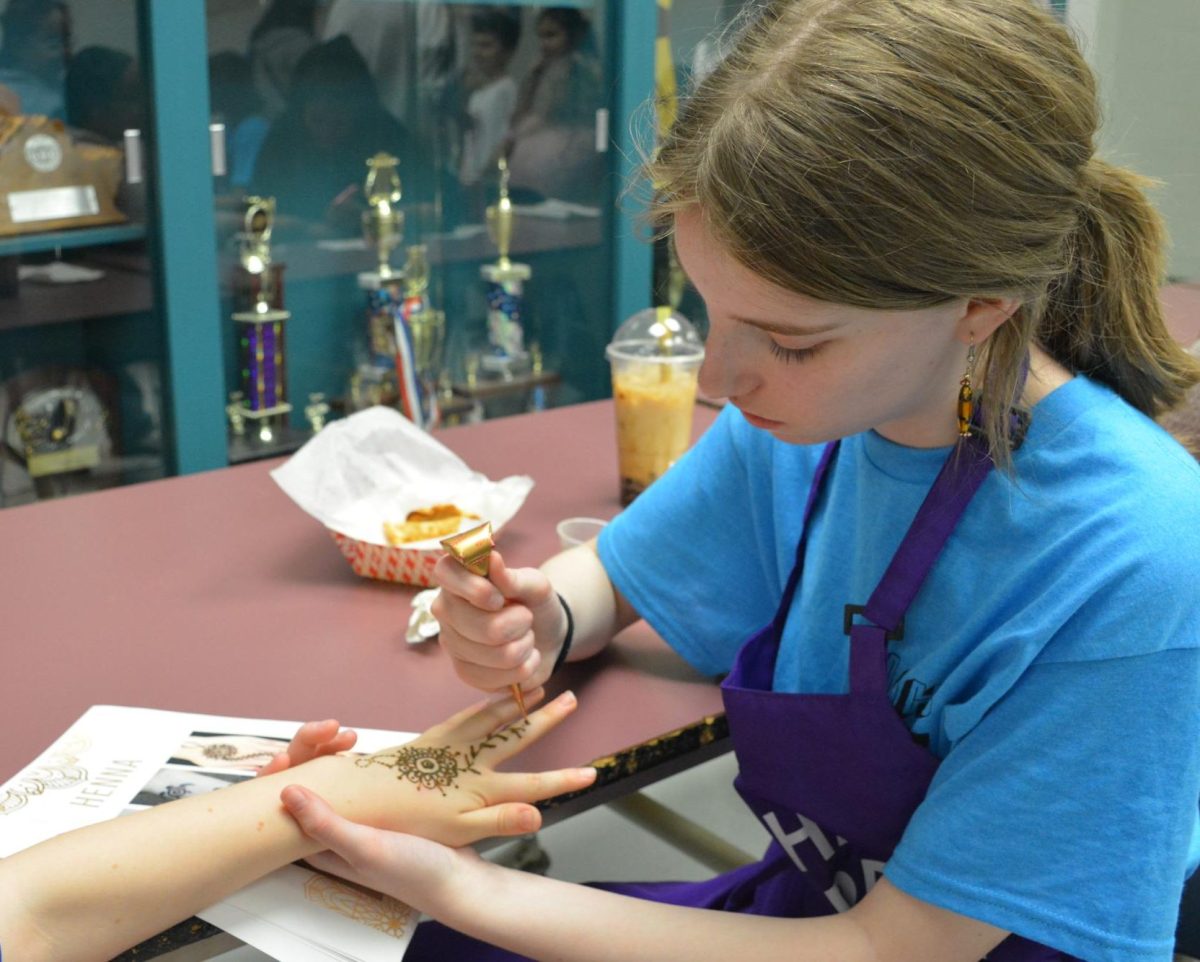
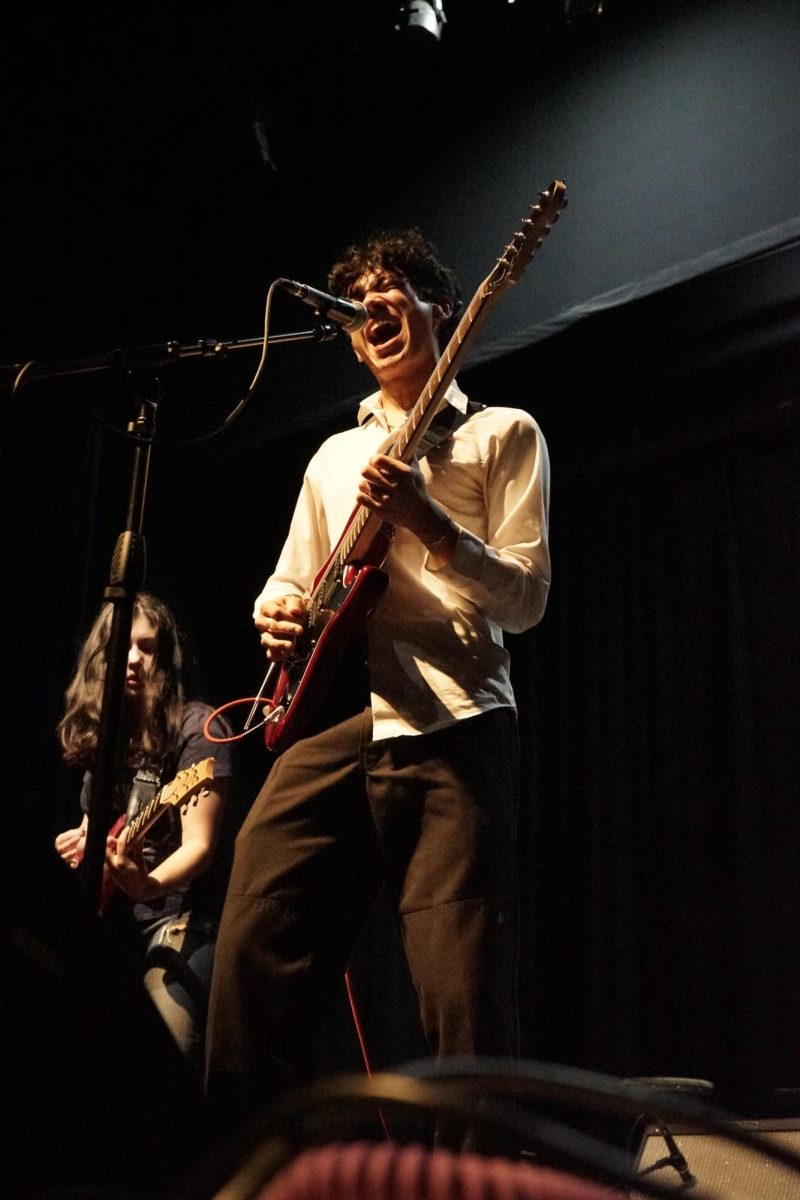
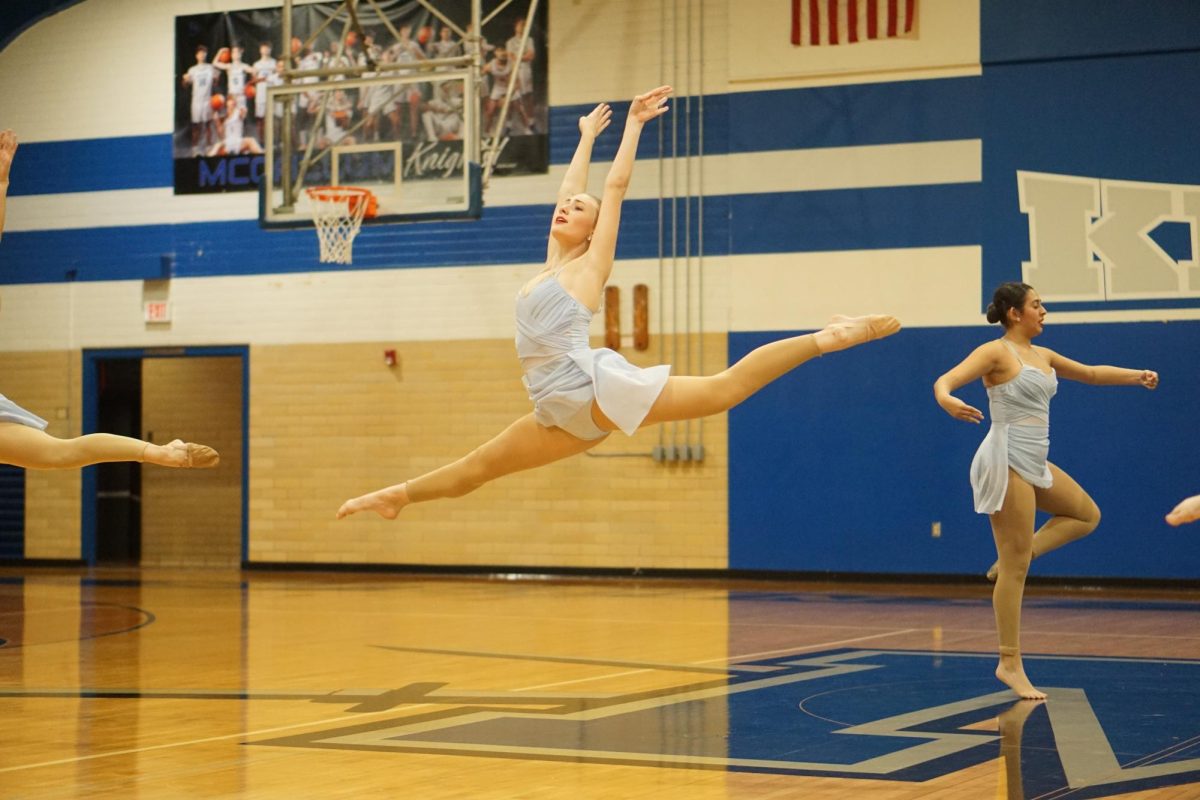
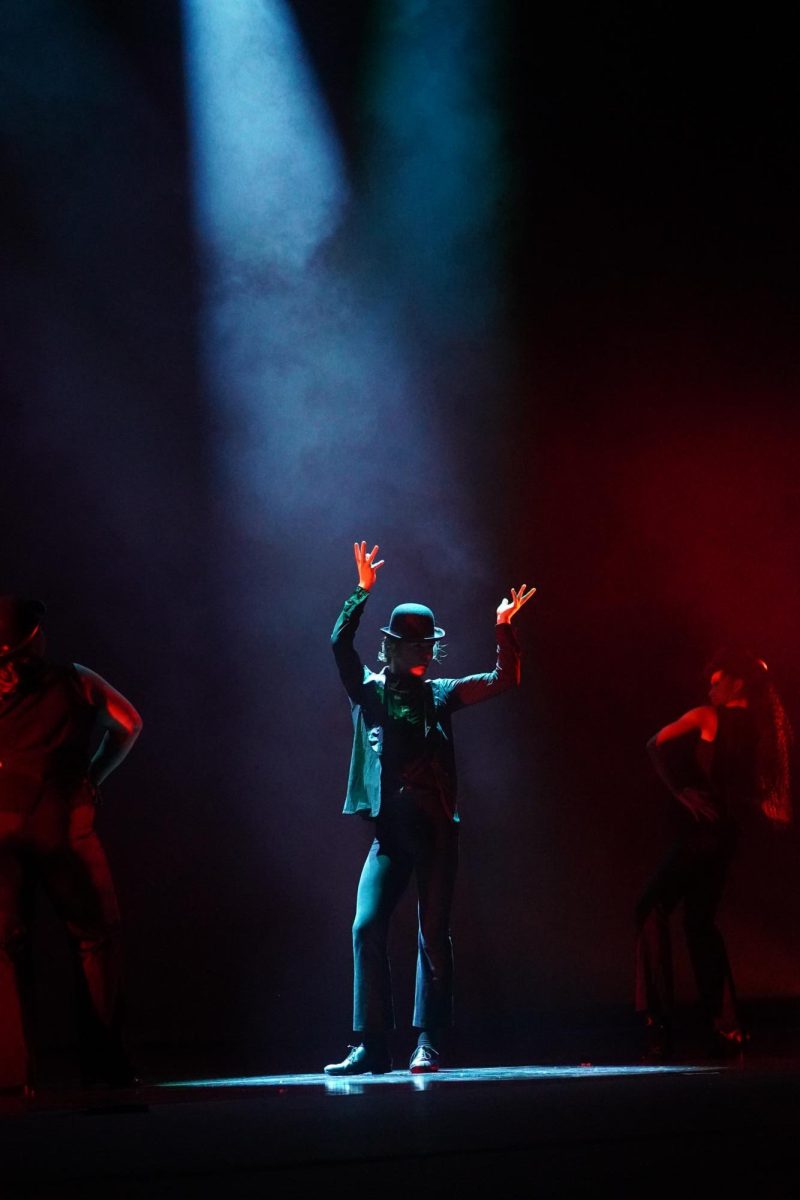
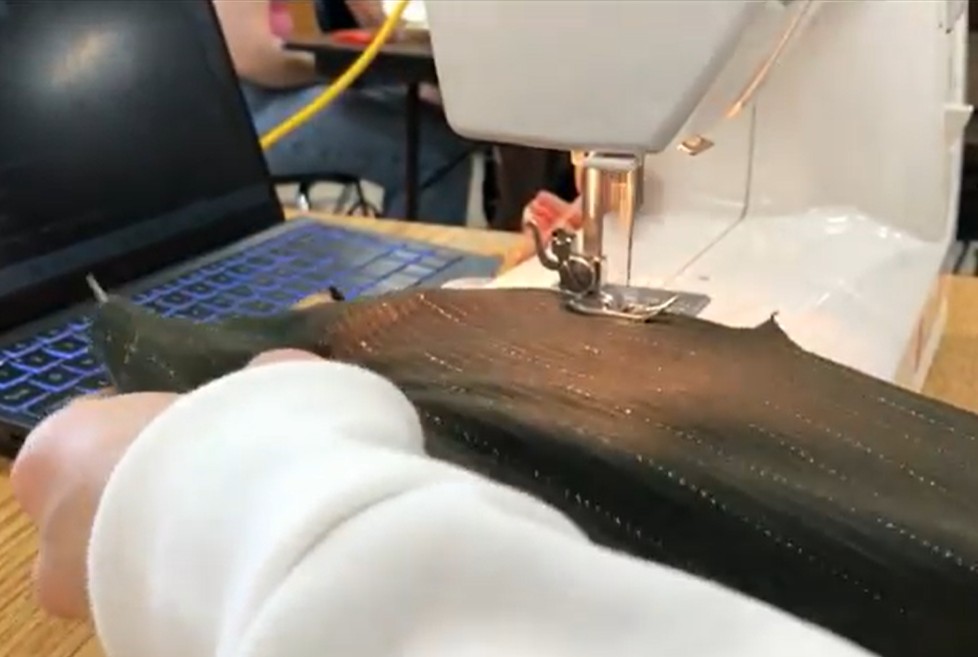
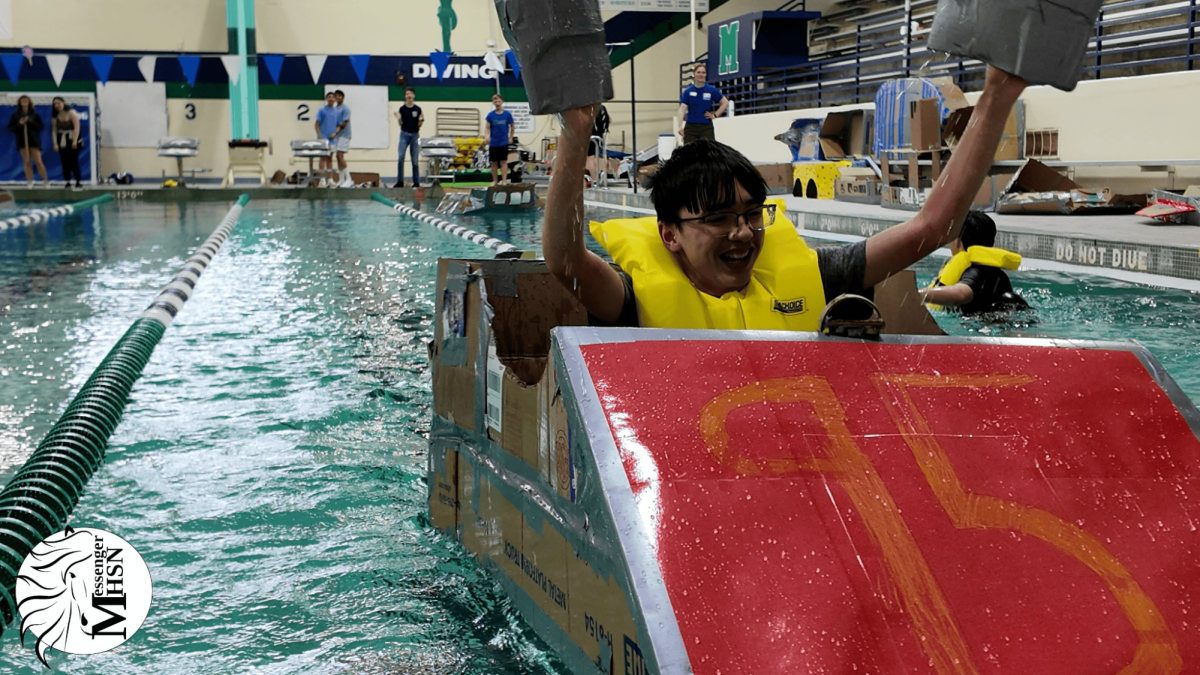
![Posters hang in the mediation training room, the wrestling room, with the plans MetroWest Mediation Services used to conduct their lessons. "I'm looking forward to becoming a better mediator," junior peer mediator Zackary Goldstein said. "[I'm excited to] hopefully see a reduction in conflict throughout school or just see the impact mediation makes on people when they're able to resolve their conflicts."](https://bestofsno.com/wp-content/uploads/2022/11/IMG_4254-900x675.jpg)